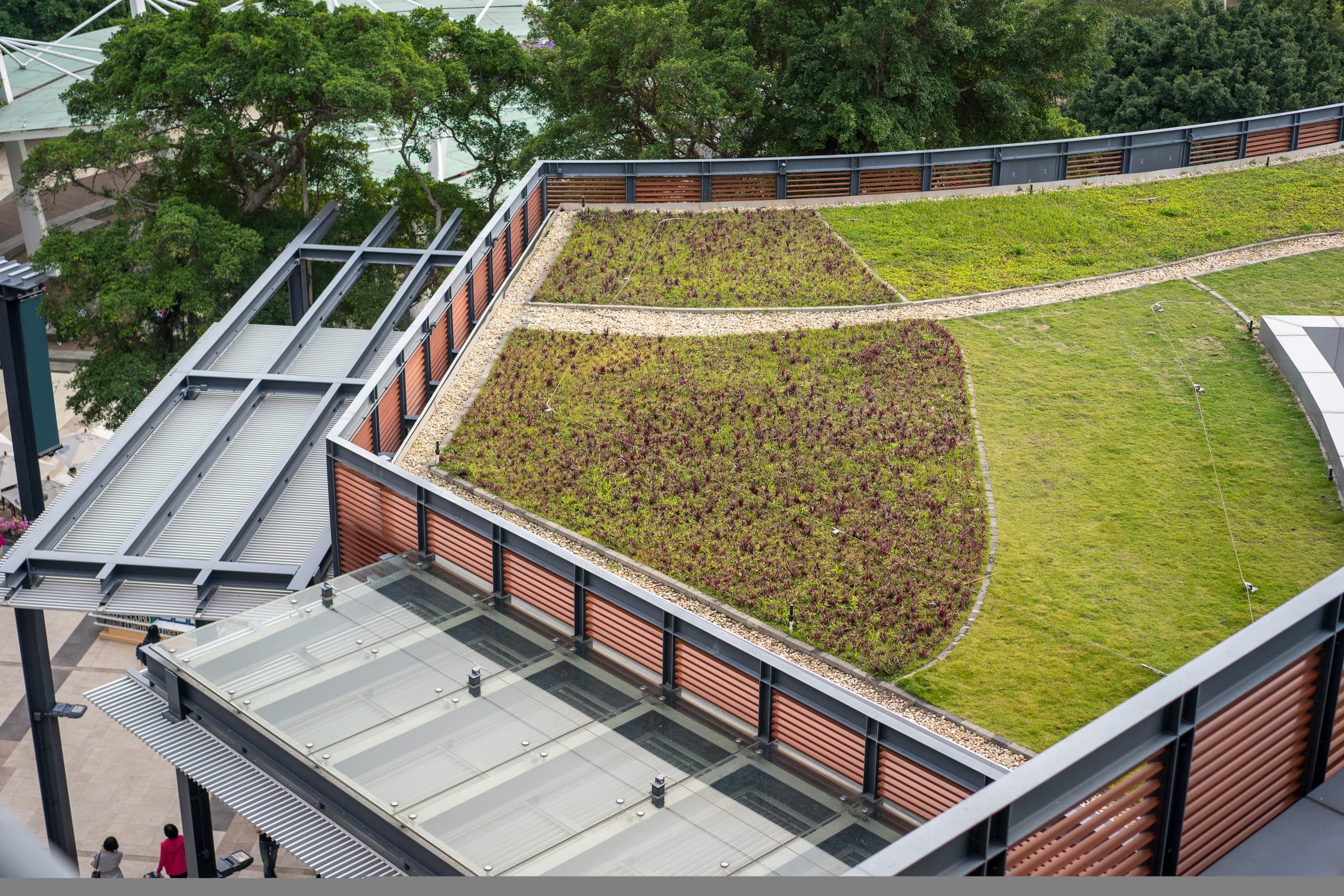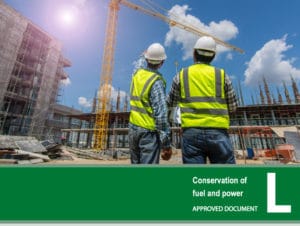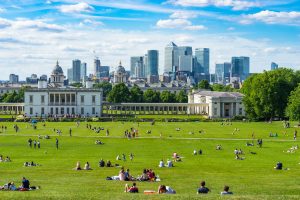The Urban Greening Factor is an exciting policy that has been introduced as part of the London Plan. But what is it, why do we need it and what does it mean for London?
As the UK’s urban areas become busier and busier, so too does our impact on the planet. And that’s why we are so excited by the Urban Greening Factor.
The Urban Greening Factor is the London Plan’s solution to a growing time bomb that has been building for years: lack of green space, poor air quality and minimal habitats. The answer? Rewilding the city.
In this article, we’ll explore the different layers of the Urban Greening Factor, why it is necessary and how it will impact London.
What is the Urban Greening Factor?
The Urban Greening Factor (UGF) is a means of evaluating the merits of green infrastructure and is a core part of the The London Plan. It was inspired by the work undertaken in Malmö, Sweden where an all-important, ambitious eco-transformation turned the Swedish shipyard into a sustainable city.
The main aim of UGF is to bring about green developments throughout England’s capital city. It will calculate this through a ratio between the amount of built areas and green areas within the city, ensuring every scheme contributes to London’s green goals. They will achieve this by weaving in green features such as:
- living roofs
- permeable paving
- water features
- flower-rich perennial planting
- hedgerows
- rain gardens
Urban greening must also be at the forefront of developmental plans going forward. UGF states that green spaces and infrastructure should be prioritised at the beginning of the design and planning stages, and will need to be delivered on-site even if a developer is considering off-site solutions for their biodiversity net gain.
Why do we need Urban Greening?
This many come as a surprise, but London is actually an incredibly eco-friendly city with aims to become the first National Park City. However, despite its efforts, London faces enormous environmental challenges:
- Population growth – by 2050, an additional 3 million people are expected to live in London (more than the current size of Manchester)
- Poor air quality
- Climate change effects on water resources (we will need an additional 400m litres per day by 2040), issues with sewer capacity and flooding, and a 5-6 degree increase in summer and winter temperature averages by the 2050s
Urban greening and green infrastructure strives to counteract these problems. The effective planning, design and management of these networks of green spaces can provide:
- Healthier living
- Less flooding
- Improved air and water quality
- Cooling of the urban environment
- More walking and cycling, enhancing biodiversity and ecological resilience
Plus, through the Urban Greening Factor, London hopes to encourage and inspire other regions in the UK and countries around the world to adopt their own green focus and environmental action.
What does the Urban Greening Factor mean for London?
In London, the population is estimated to top 10 million by 2030. It’s a city with a continuously growing demand for residential and affordable housing; there’s no escaping that. This scheme therefore pays attention to the need to continue building, but in a way that mitigates the impact on the environment.
A big priority for UGF is to encourage developers to create properties that minimise disruption to the existing environment and, as a result, provide greater access to green spaces. This means that developers should also take specialist advice (usually from landscape architects) to be sure that their plans meet all of the necessary requirements.
How will the Urban Greening Factor make London greener?
Ideas are still being developed, but the fundamental concepts being discussed include:
- Greening from the word go – All new properties must consider how they will address their environmental impact.
- AIr quality – Although London’s air quality is improving (it’s currently at a moderate level 78), there is still work to be done. The UGF’s focus on green space means that more trees and plants will be available to absorb carbon dioxide and release oxygen back into the air.
- Supporting wildlife – Green spaces and landscaped terraces will provide much needed shelter for urban wildlife; this is crucial if we want to protect the planet.
Can Buildpass help me navigate the Urban Greening Factor?
Absolutely! We provide London Plan Reports to ensure you are fulfilling your obligations with your new development and creating as a green a development as possible.
Schedule a call with a member of our team to find out more.



















